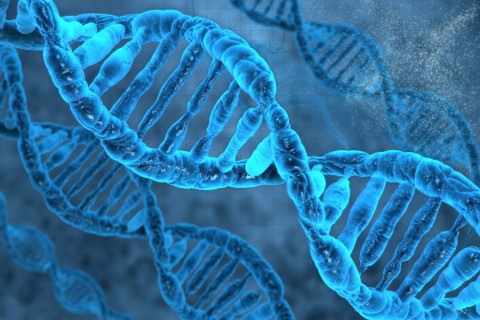4.7 - 4.9 Crude oil
4.7 A valuable mixture
Ancient marine animals trapped in sedimentary rocks millions of years ago decomposed to form a mixture of hydrocarbons known as crude oil. Crude oil is found in underground reservoirs, trapped in rock formations. It is pumped up to the surface before being refined.
Assumed background knowledge

4.1 - 4.7 Organic chemistry
4.7 Activity 1. What's in the mix?
Students should:
- 4.7 know that crude oil is a mixture of hydrocarbons
Study the image carefully. The molecules shown are all hydrocarbons. These molecules can all be found in crude oil. The precise composition of the crude oil mixture will vary depending upon where the crude oil comes from.
Use your knowledge from 4.1 - 4.7 to work out the names of each of the compounds shown.
please login to see answers and explanations
4.8. Activity 2. Dividing the fractions
Students should:
- 4.8 describe how the industrial process of fractional distillation separates crude oil into fractions
Crude oil is separated into its different ...............(fractions) by a process known as fractional .............. The mixture of .............. is heated as it enters the fractionating column. This is a large tower which is much hotter at its base (~ 370oC) than at its.......... The fractions which have the lowest boiling points ( < 40oC ) remain .............. and are tapped off from the top of the tower. Those fractions which have ........ boiling points will condense and be tapped off at the higher temperatures ............. down the column. Since each fraction has a ........... boiling point they will condense at different ........ in the column and are therefore separated from each other
Missing words: components, levels, distillation, different, lower, hydrocarbons, top, higher, gaseous
Crude oil is separated into its different components (fractions) by a process known as fractional distillation. The mixture of hydrocarbons is heated as it enters the fractionating column. This is a large tower which is much hotter at its base (~ 370oC) than at its top. The fractions which boil the most easily ( bpt < 40oC ) remain gaseous and are tapped off from the top of the tower. Those fractions which have higher boiling points will condense and be tapped off at the higher temperatures lower down the column. Since each fraction has a different boiling point they will condense at different levels in the column and are therefore separated from each other.
4.9. Activity 3. What's the trend?
Students should:
- 4.9 know the names and uses of the main fractions obtained from crude oil: refinery gases, gasoline, kerosene, diesel, fuel oil and bitumen
- 4.10 know the trend in colour, boiling point and viscosity of the main fractions
Use the data given here and your own research to find out the boiling points of the fractions obtained from crude oil.
What trends can you see in colour, boiling point and viscosity?
4.11 - 4.12 Activity 4. Open Air
Students should:
- 4.11 know that a fuel is a substance that, when burned, releases heat energy
- 4.12 know the possible products of complete and incomplete combustion of hydrocarbons with oxygen in the air
Many of the hydrocarbons obtained from crude oil are combustible. They will burn in the oxygen of the air to produce the oxides of hydrogen ( water ) and carbon. The reaction releases energy and is therefore exothermic.
Study the flame images and bar charts. Can you match the equation to the images?
 unrestricted air supply
unrestricted air supply
Use the slider to change the oxygen supply to the flame.
When you subscribe to the blog, we will send you an e-mail when there are new updates on the site so you wouldn't miss them.












